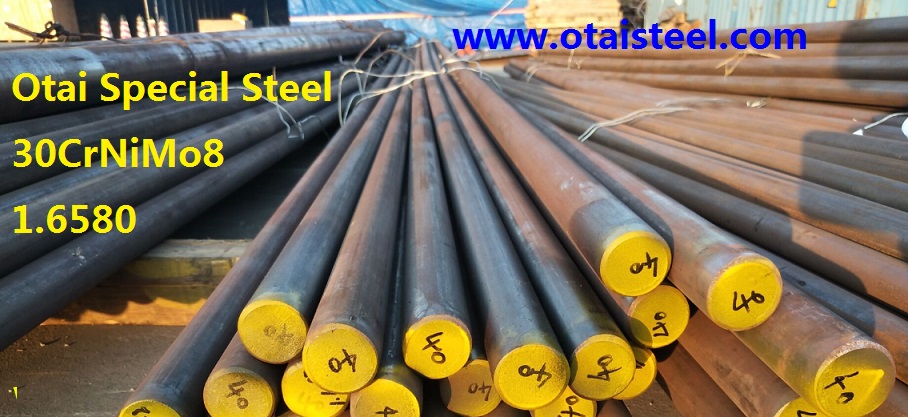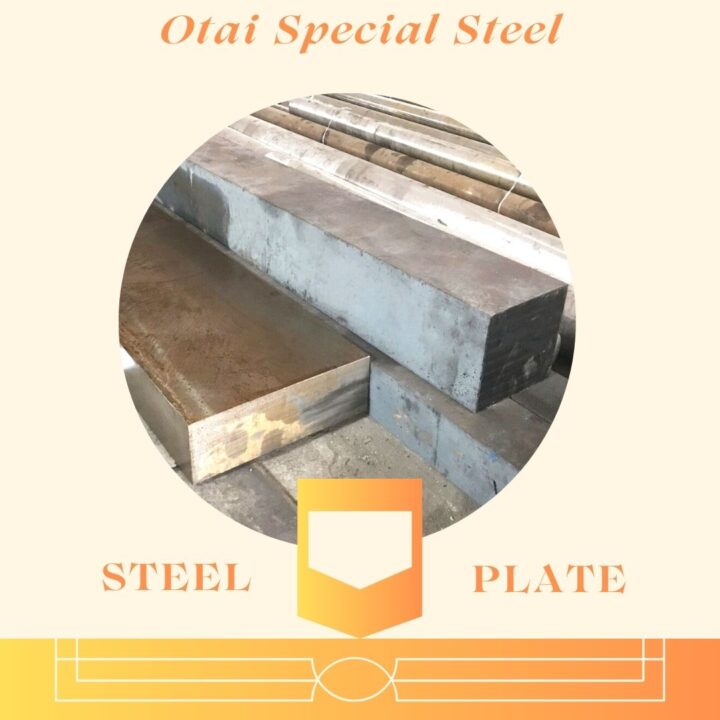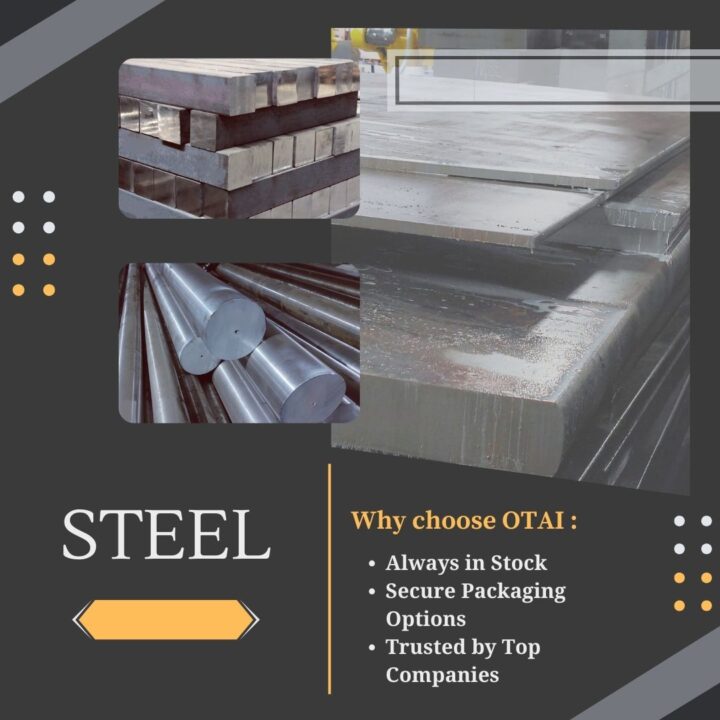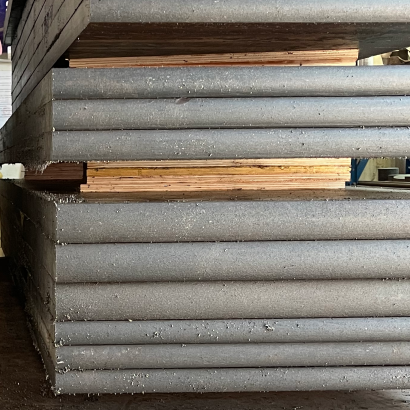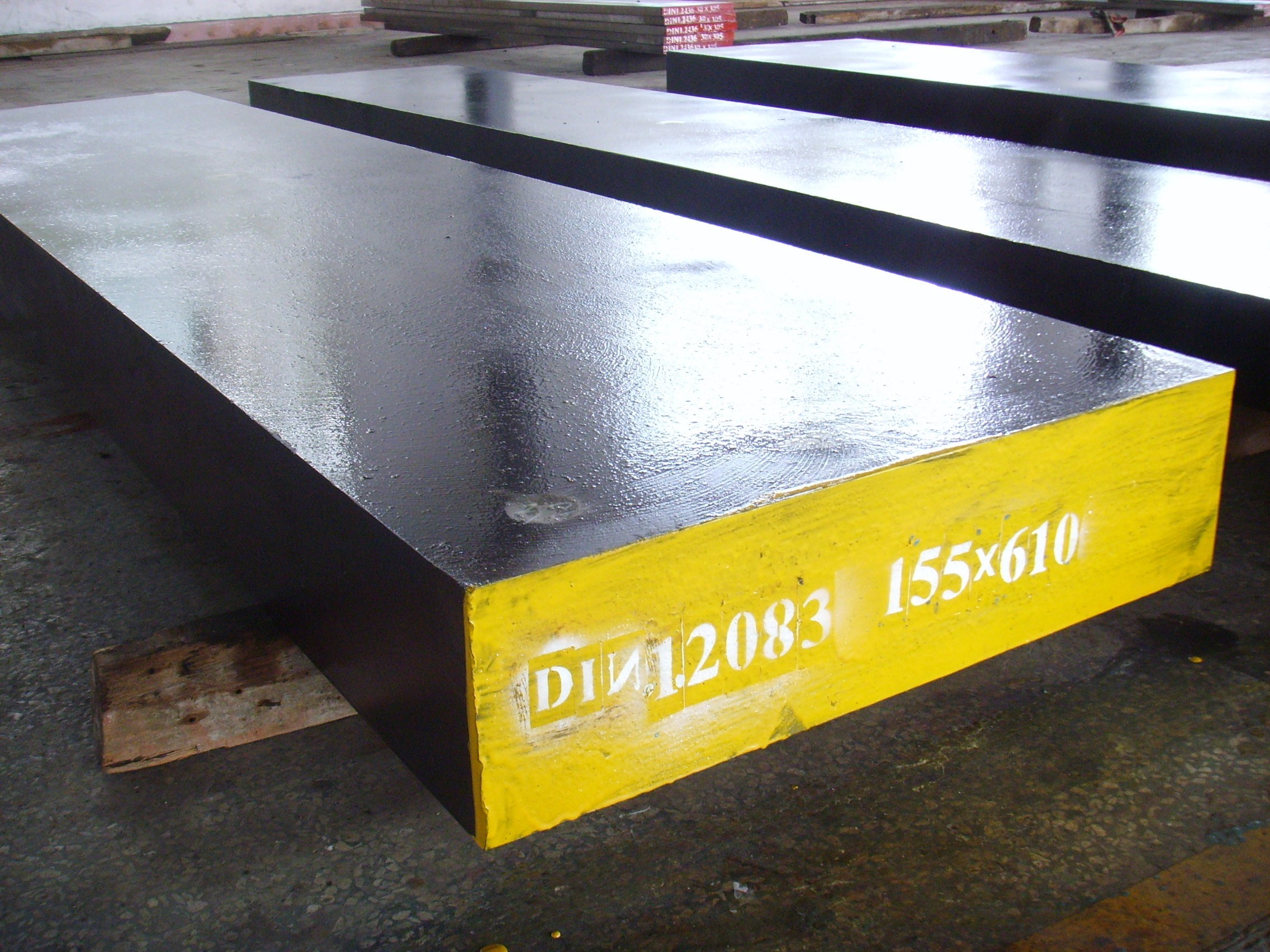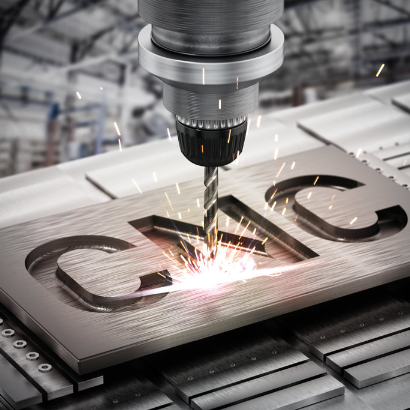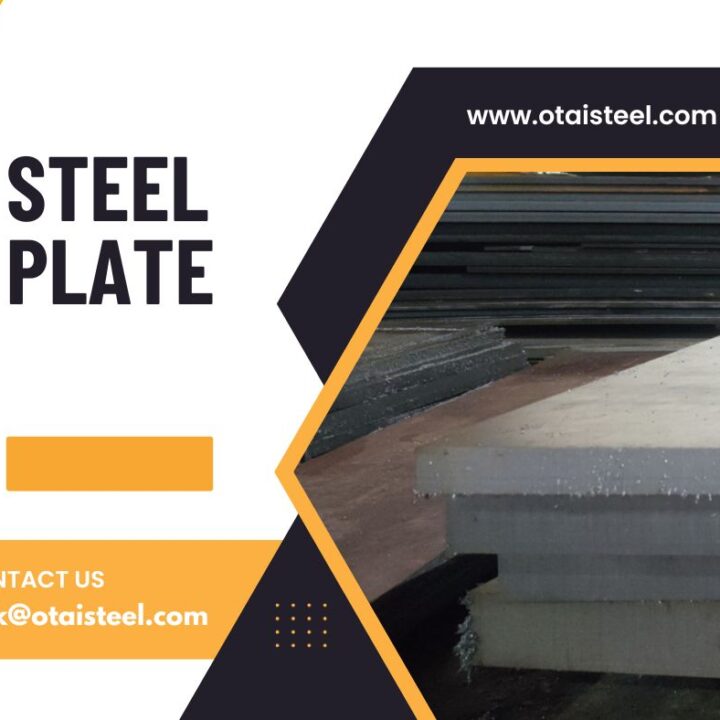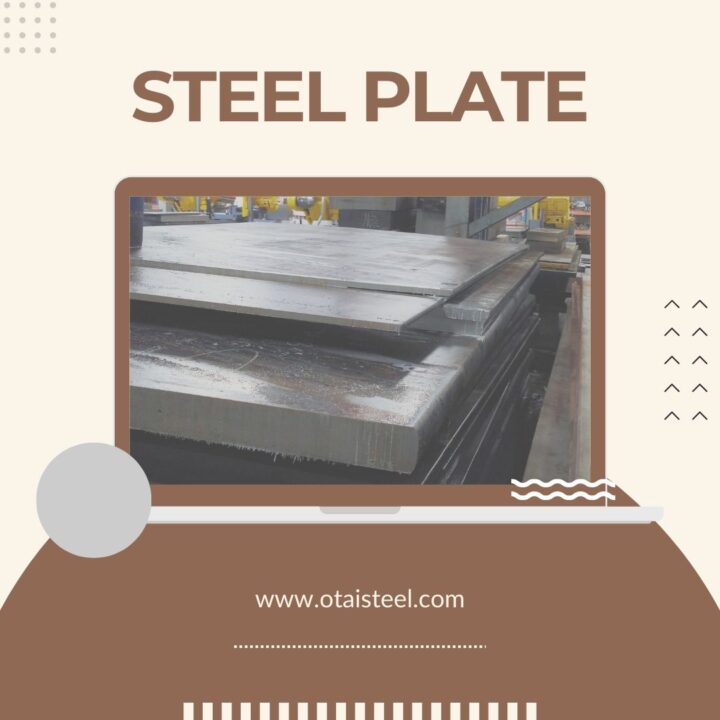Development of 4340 Steel: 4340 steel is a versatile and widely used alloy known for its exceptional strength, toughness, and wear resistance. Its history is intertwined with the evolution of steel alloys and the pursuit of superior materials to meet the demands of various industries.
The Emergence of 4340 Steel
- Early Steel Alloys
The quest for stronger and more durable materials dates back centuries. Early steel alloys, such as carbon steel, played a crucial role in the industrial revolution. However, the need for higher strength steels became evident as industries evolved, leading to the development of alloy steels.
- The Development of High-Strength Alloys
In the early 20th century, researchers focused on developing high-strength steels to meet the demands of emerging industries. The addition of alloying elements, such as chromium, nickel, and molybdenum, led to the creation of steels with improved mechanical properties. It was during this period that 4340 steel, a low-alloy steel, emerged as a significant development.
The Composition and Properties of 4340 Steel
- Alloying Elements
4340 steel is primarily composed of iron, carbon, chromium, nickel, and molybdenum. These alloying elements contribute to its exceptional strength, toughness, and hardenability. Chromium enhances corrosion resistance, while nickel and molybdenum promote high tensile strength and improved fatigue resistance.
- Mechanical Properties
One of the defining features of 4340 steel is its impressive mechanical properties. It exhibits high tensile strength, good ductility, and excellent impact toughness. The combination of these properties makes 4340 steel suitable for applications subjected to heavy loads, dynamic stresses, and harsh environments.
Applications and Advancements
- Industrial Applications
4340 steel has found extensive application in various industries. It is commonly used in the manufacturing of critical components such as gears, shafts, crankshafts, and structural parts in machinery, automotive systems, and power transmission equipment. The exceptional strength and toughness of 4340 steel ensure reliable performance and durability in demanding industrial settings.
- Aerospace and Defense Industries
The aerospace and defense sectors also heavily rely on 4340 steel due to its exceptional properties. It is used in aircraft landing gear, engine components, structural parts, and other critical applications that require high strength and fatigue resistance. The ability of 4340 steel to withstand extreme conditions and maintain structural integrity makes it an invaluable material in these industries.
- Advancements in Processing Techniques
Over the years, advancements in processing techniques have further enhanced the properties and applications of 4340 steel. Innovations in heat treatment processes, such as quenching and tempering, have allowed for improved control over the material’s microstructure, resulting in optimized mechanical properties. Additionally, advancements in manufacturing technologies, such as precision machining and additive manufacturing, have enabled the production of complex components with precise dimensions and tailored properties.
Future Prospects and Research Directions
The future of 4340 steel looks promising, with ongoing research focused on further improving its properties and expanding its applications. Some areas of interest include:
- Alloy design and optimization to achieve even higher strength and toughness.
- Exploration of novel heat treatment processes and surface engineering techniques to enhance performance and durability.
- Investigation of 4340 steel composites and hybrid materials for lightweight and improved functionality.
- Integration of 4340 steel with emerging technologies, such as additive manufacturing and nanotechnology, to enable advanced applications.
Continued research and development efforts aim to push the boundaries of 4340 steel, ensuring it remains at the forefront of material advancements and meet the evolving needs of industries. (Development of 4340 Steel)
